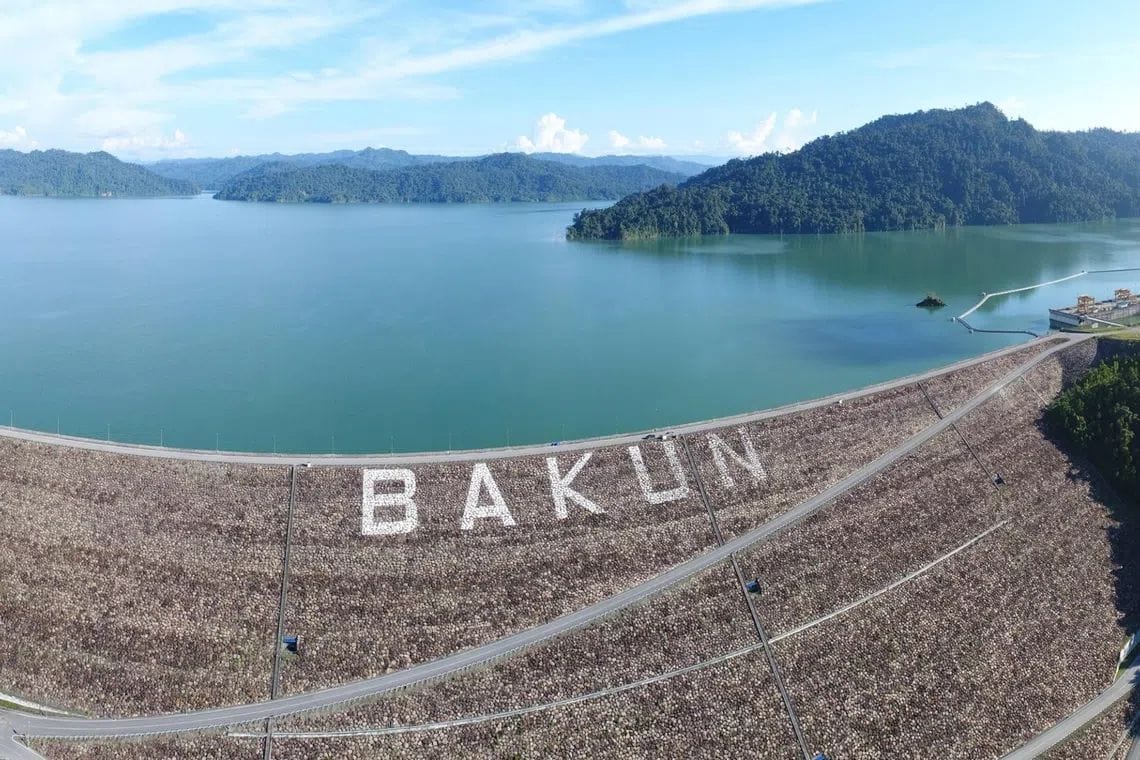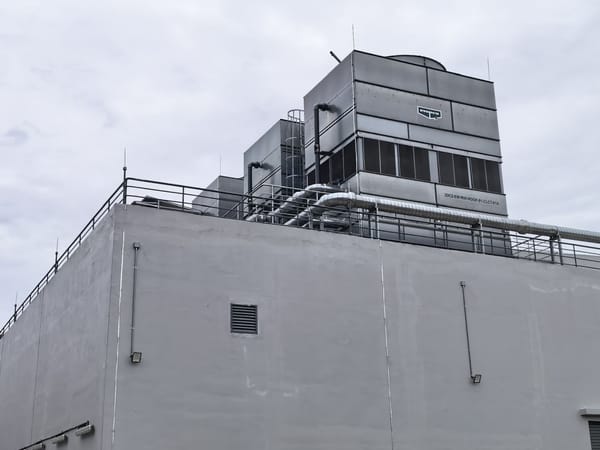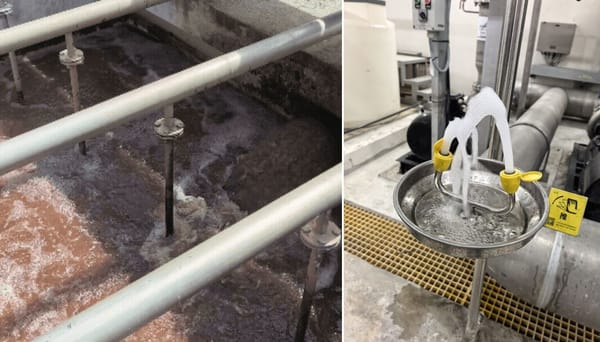Singapore's plan to import renewables gains traction
Conditional approval for 1GW from Sarawak granted; will conduct study on second electricity interconnector to Johor.

Despite having no oil production, Singapore became the undisputed oil hub of Asia with a massive refining, storage, and trading ecosystem.
As the oil industry evolves, Singapore has a new vision to transform itself into the regional leader in sustainability - including building a new generation of green data centres.
Bringing in renewables
This week, Singapore has granted conditional approval to import 1GW of low-carbon electricity from Sarawak, Malaysia. Most will likely come from the Bakun dam, currently being upgraded with floating solar panels. Sembcorp, which built Tengeh Floating Solar Farm, is a partner.
Reuters reports that Singapore Energy Interconnections (SGEI), SP Group, and TNG have signed an agreement to study the feasibility of a second 2GW electricity interconnection with Johor by 2030.
Here are two initiatives that can benefit Singapore.
- ASEAN power grid: The ASEAN power grid is a grand plan to connect the national grids in the region with cross-border interconnectors. If realised, it offers various benefits. It reduces risks of energy shortages and outages. Countries with renewables can sell to those without. Cross-border electricity trade can lower power costs.
- Hydrogen energy: Singapore is also preparing itself for hydrogen by building hydrogen-compatible power plants. In my view, this is to incentivise the creation of a hydrogen supply chain, which doesn't exist today.
To be clear, Singapore is pursuing all avenues, including nuclear energy, ammonia as an energy carrier, and even carbon capture.
Personally, I do think Singapore's energy transition will be its most intractable challenge yet - even more so than the scarcity of water decades ago.
Green data centres
Finally, the upcoming DC-CFA2 for new data centres in Singapore is expected to specify much tougher requirements. One will likely be support for novel fuels, which are alternative energy sources that are renewable.
Detractors will argue that the 300MW announced last year pales in comparison to Johor or elsewhere. Instead of competing in terms of raw data centre capacity, Singapore is leveraging its appeal as a data centre location to move the needle on green data centres.




